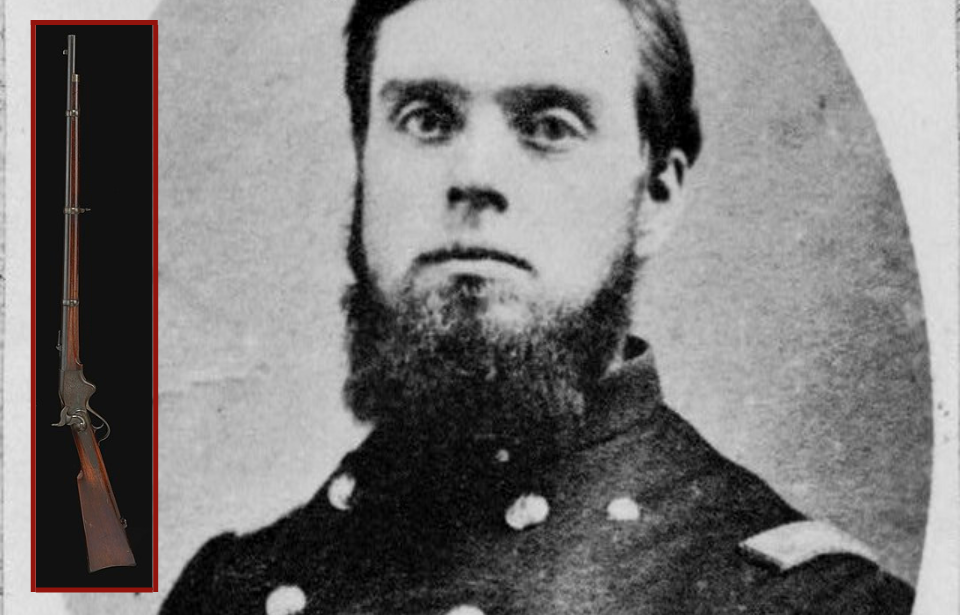When the Spencer Repeating Rifle was first recommended to the US Department of War, it was turned away due to the notion it would be too expensive and soldiers would be wasteful when firing. However, it was soon adopted by the Union Army, with one of its biggest supporters being John T. Wilder and his “Lightning Brigade.”
One of the earliest lever-action firearms
The Spencer Repeating Rifle was a manually operated lever-action rifle designed by Christopher Spencer in 1860. It was initially produced as a carbine, but was later developed to feature a repeater with a rotating block, which fired rimfire cartridges into the chamber by means of a tubular magazine.
This magazine held seven rounds of .56-56 Spencer cartridges, was capable of firing between 14 and 20 well-aimed shots per minute, and needed to be manually cocked after each loading cycle.
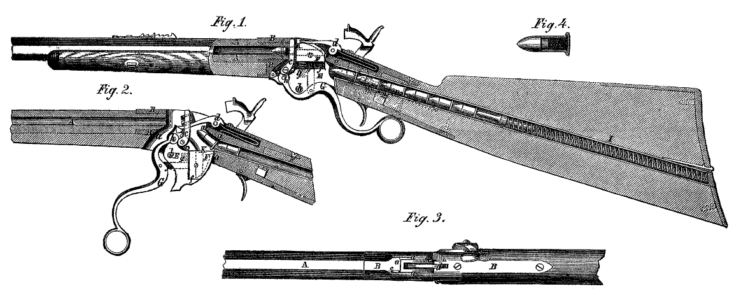
It’s estimated that 200,000 of the rifles were produced over its nine-year manufacturing period, with a unit cost of $40 in 1861. Used by the US Navy, Army and other nations throughout the world, it prominently featured in the American Civil War and other conflicts. The former is where it gained its reputation.
Denied by the War Department, until Lincoln steps in
Upon the outbreak of the Civil War, the War Department’s Ordnance Department refused to purchase the Spencer Repeating Rifle, saying Union soldiers would waste ammunition due to the speed at which they’d be firing the weapons. There were also worries the Army wouldn’t be able to supply an adequate amount of ammunition to sustain the rifles’ use on the battlefield.
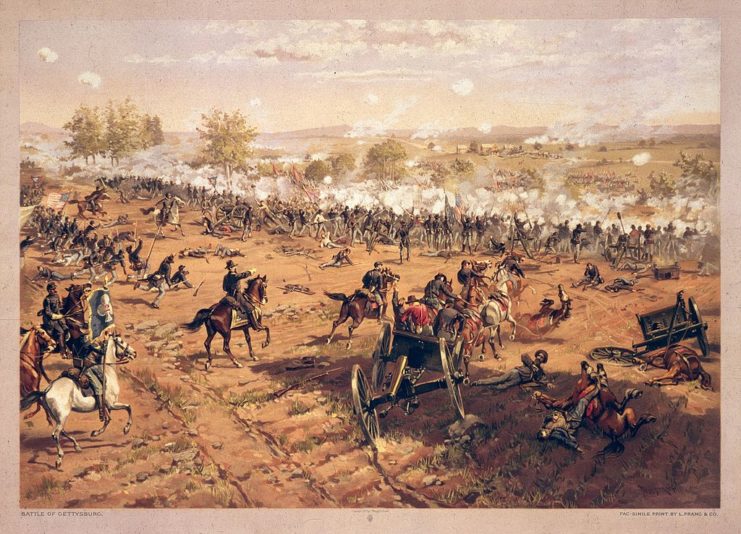
The Battle of Gettysburg saw the first major use of the weapon, after it was issued to the 13th Pennsylvania Reserve Regiment. This allowed Spencer to demonstrate the Repeating Rifle’s capabilities in front of President Abraham Lincoln. Lincoln was impressed and ordered it be put into production. However, Gen. James Wolfe Ripley, head of the Ordnance Department, disobeyed these orders. He was replaced later that year.
Before long, the Spencer Repeating Rifle was adopted by the Navy and Army for use against the Confederates.
Independent fundraising for the Spencer Repeating Rifle
Union Col. John T. Wilder was an early supporter of the Spencer Repeating Rifle. After the War Department refused to purchase, he went through his hometown bank to organize his own funding to equip his mounted infantry brigade with it.
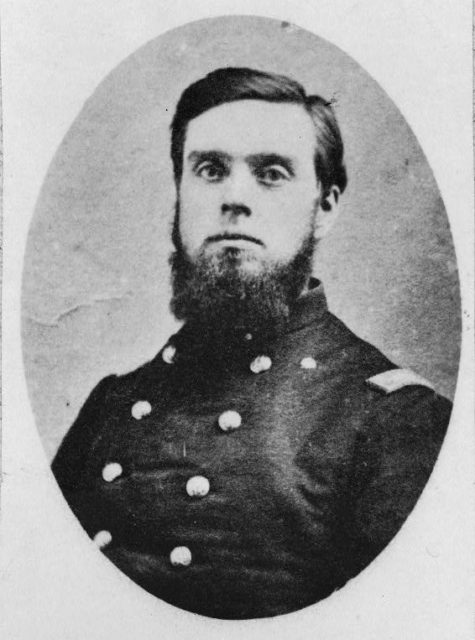
The Spencer Repeating Rifle saw action with Wilder’s men on June 24, 1863, a week before the Battle of Gettysburg, when his mounted infantry brigade was sent to secure Hoover’s Gap, which provided the most direct route to Manchester, Tennessee. This was a necessary step, as the mounted infantry brigade was to be the vanguard of an attack toward Manchester.
Riding ahead of the rest of the Union forces, the infantry brigade arrived near Hoover’s Gap and met with the first segment of the Confederate resistance.
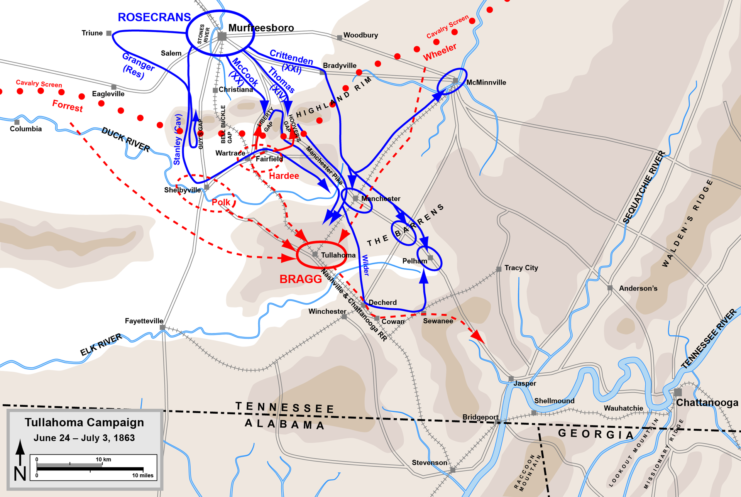
Wanting to push the brigade through Hoover’s Gap before the Confederates could reinforce it, Wilder sent Col. James Connolly’s regiment in to scatter the Confederate cavalry. At a width that barely fit two wagons side-by-side, 1,500 of Connolly’s horsemen pushed through the Gap and secured the valley.
The Battle of Hoover’s Gap
Connolly’s horsemen continued to press forward, passing their targeted position by nearly six miles. This put them approximately half a mile from the enemy’s infantry and artillery force. After setting up a position to support the Union’s single light artillery battery, they watched as the enemy marched toward them, eclipsing them with the force of four infantry brigades and four artillery batteries.

Confederate guns opened the bombardment, but the Union brigade responded with their first volley of fire from the Spencer Repeating Rifle. This cut through the Confederate ranks, but the opposing force recovered their ground and continued charging, unaware of the rifles. Connolly’s men continued to fire until the enemy’s regiment was significantly diminished.
Praise for the Spencer Repeating Rifle
Union riders arrived at the battle, telling Wilder to withdraw his men. He ignored this order, as he was confident they could hold their ground. The battle continued until 7:00 PM, with each wave of Confederate men being taken out by Spencer Repeating Rifle. Eventually, an additional artillery battery set up near the exit of Hoover’s Gap. An infantry was also sent to take position near Wilder’s brigade.
Despite being outnumbered four to one, they were able to rack up over 200 casualties while only suffering 51 of their own. Thanks to the use of the Spencer Repeating Rifle, XIV Corps Commander Maj. Gen. George Thomas congratulated Wilder and his Union brigade, saying, “You have saved the lives of a thousand men by your gallant conduct today. I didn’t expect to get this Gap for three days.”
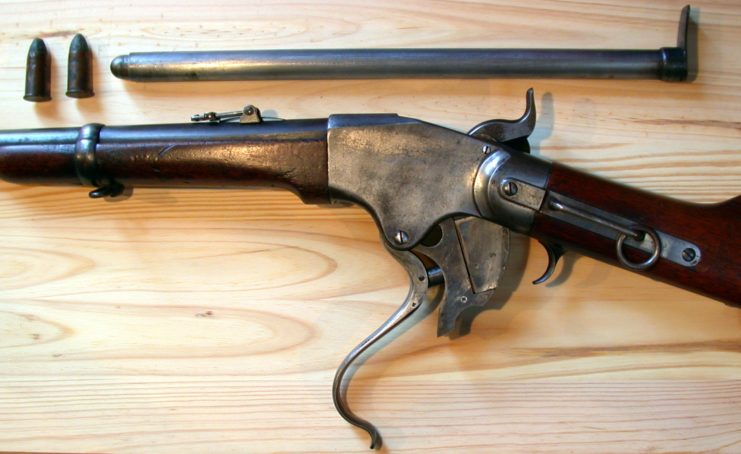
Following this battle, Wilder’s brigade came to be known as the “Lightning Brigade,” and the Spencer Repeating Rifle became a popular weapon throughout much of the Civil War.
